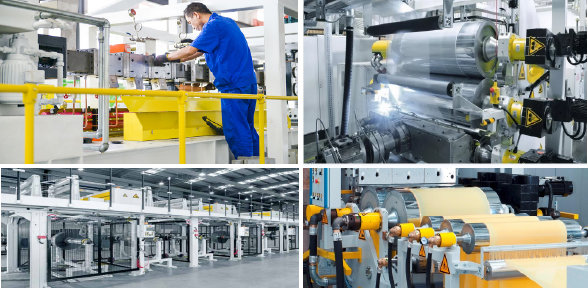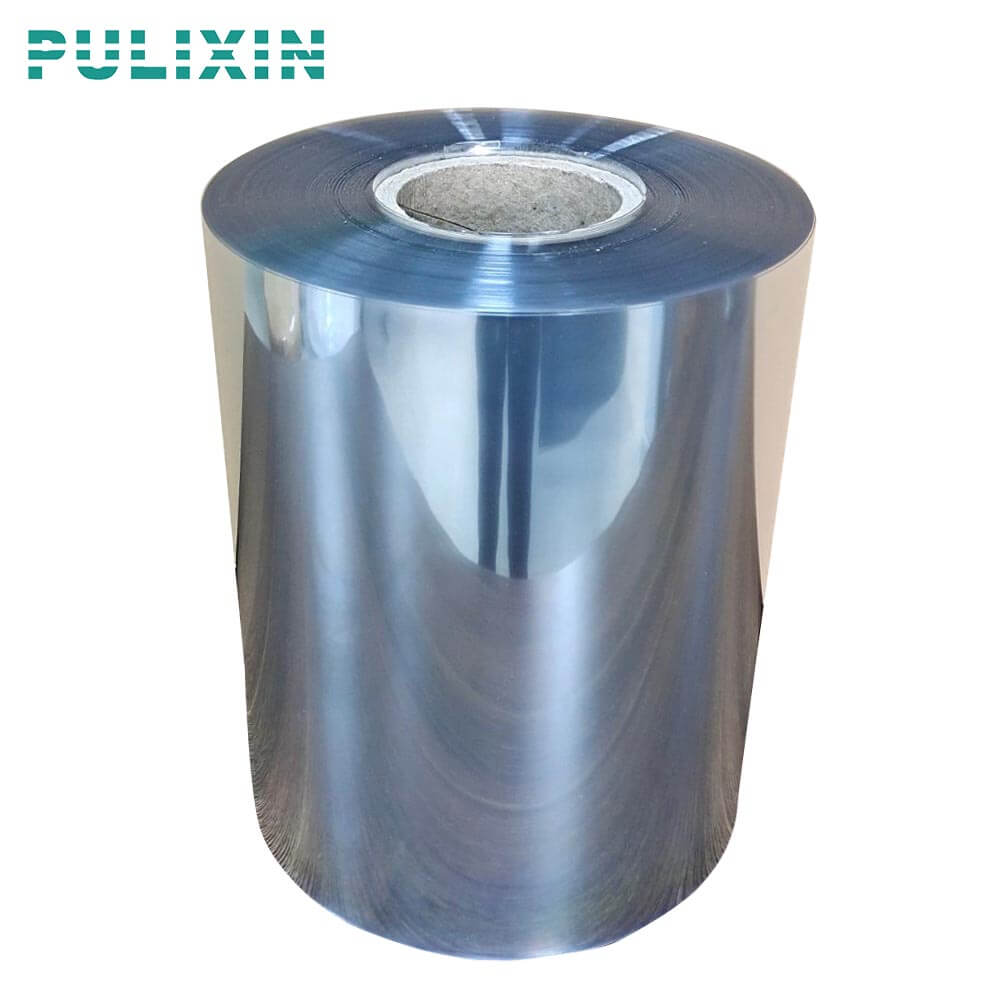Nos pondremos en contacto con usted dentro de las 24 horas sobre el envío de muestras gratuitas.
Nos pondremos en contacto con usted dentro de las 24 horas sobre el envío de muestras gratuitas.
Publicado por en Conocimiento - Fabricante de láminas PET/PP/PS con 20 años de experiencia
Processing PET plastic rolls involves several precautions to ensure safety, quality, and efficiency. Here are some key precautions:
1. Safety Gear: Workers should wear appropriate personal protective equipment (PPE) such as gloves, safety glasses, and protective clothing to prevent injury.
2. Machine Safety: Ensure that all processing equipment is properly maintained and in good working condition. Follow safety procedures for operating machinery, including lockout/tagout procedures when performing maintenance.
3. Temperature Control: PET plastic is sensitive to temperature variations. Maintain proper heating and cooling conditions during processing to prevent overheating or uneven melting, which can lead to defects in the final product.
4. Dust Control: PET plastic processing can generate dust particles, which can be harmful if inhaled. Implement dust control measures such as ventilation systems and dust collection equipment to minimize exposure.
5. Quality Control: Regularly inspect and test the quality of PET plastic rolls during processing to ensure they meet specifications. This includes monitoring for defects such as bubbles, discoloration, or uneven thickness.
6. Handling Procedures: Handle PET plastic rolls with care to avoid damage or contamination. Use appropriate lifting equipment and storage containers to prevent accidents and maintain product integrity.
7. Chemical Safety: PET plastic processing may involve the use of chemicals such as solvents or additives. Follow proper handling and disposal procedures to minimize exposure and environmental impact.
8. Training: Ensure that workers receive adequate training in PET plastic processing techniques, safety procedures, and emergency protocols.
9. Emergency Preparedness: Have procedures in place for responding to accidents, spills, or other emergencies. Provide training and equipment for handling emergencies such as fires or chemical spills.
10. Environmental Considerations: Dispose of waste materials properly and follow regulations for recycling or disposing of PET plastic and other waste products generated during processing.

By following these precautions, you can help ensure safe and efficient processing of PET plastic rolls while maintaining product quality and minimizing environmental impact.
The production process of PET (Polyethylene terephthalate) plastic rolls involves several stages, including polymerization, extrusion, stretching, and winding. Here's a detailed overview:
1. Polymerization: The process starts with the polymerization of raw materials, typically purified terephthalic acid (PTA) or dimethyl terephthalate (DMT), and ethylene glycol (EG). These raw materials undergo a chemical reaction in the presence of a catalyst to form PET resin pellets.
2. Extrusion: The PET resin pellets are melted and extruded through a die to form a continuous sheet or film. This process is typically done using a PET extruder, which heats the resin to its melting point and forces it through a shaped orifice to create a uniform thickness sheet.
3. Cooling: After extrusion, the hot PET sheet is rapidly cooled using a series of cooling rollers or a water bath. This helps to solidify the molten PET into a solid sheet.
4. Stretching (Orientation): The cooled PET plastic sheet undergoes a stretching process to orient the polymer molecules, which improves the mechanical properties of the material, such as strength, clarity, and barrier properties. This stretching process can be done either uniaxially (in one direction) or biaxially (in two directions).
5. Heat Setting: Once stretched, the PET plastic sheet is heat-set to lock in the orientation and prevent it from shrinking back to its original dimensions. Heat setting involves heating the stretched PET to a specific temperature for a predetermined time and then cooling it gradually to room temperature.
6. Slitting and Winding: The oriented PET plastic sheet is slit into narrower rolls of the desired width using slitting machines. These narrower rolls are then wound onto cores to create PET plastic rolls. The winding process must be carefully controlled to ensure uniform tension and alignment of the rolls.
7. Quality Control: Throughout the production process, quality control measures are implemented to ensure that the PET plastic rolls meet specifications for thickness, clarity, strength, and other properties. This may involve visual inspection, testing samples for mechanical properties, and monitoring process parameters.
8. Packaging and Distribution: Once the PET plastic rolls pass quality control checks, they are packaged and prepared for distribution to customers. This may involve wrapping the rolls in protective film, labeling them with product information, and palletizing them for shipment.
PET plastic roll is the abbreviation of Polyethylene terephthalate sheet, the chemical formula is (C10H8O4)n, it is synthesized by the exchange of dimethyl terephthalate and ethylene glycol ester (or terephthalic acid and ethylene glycol esterification) to obtain p-benzene Dihydroxy ethyl dicarboxylate, and then subject it to polycondensation reaction. It is a crystalline saturated polyester. It is a milky white or light yellow, highly crystalline polymer with a smooth and shiny surface. It is a common resin in life and can be divided into APET, GAG, PETG, RPET plastic rolls etc.

1. PET plastic sheet has good mechanical properties, impact strength is 3 to 5 times that of other sheets, and good folding resistance.
2. Resistance to oil, fat, dilute acid, dilute alkali, and most solvents.
3. It has excellent resistance to high and low temperatures. It can be used for a long time within a temperature range of 120°C, and can withstand high temperatures of 150°C and low temperatures of -70°C in short-term use, and has little effect on its mechanical properties at high and low temperatures.
4. The gas and water vapor permeability is low, and it has excellent gas, water, oil and odor resistance.
5. High transparency, can block ultraviolet rays and good gloss.
6. Non-toxic, tasteless, good hygiene and safety, and can be directly used for food packaging.